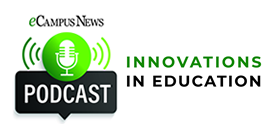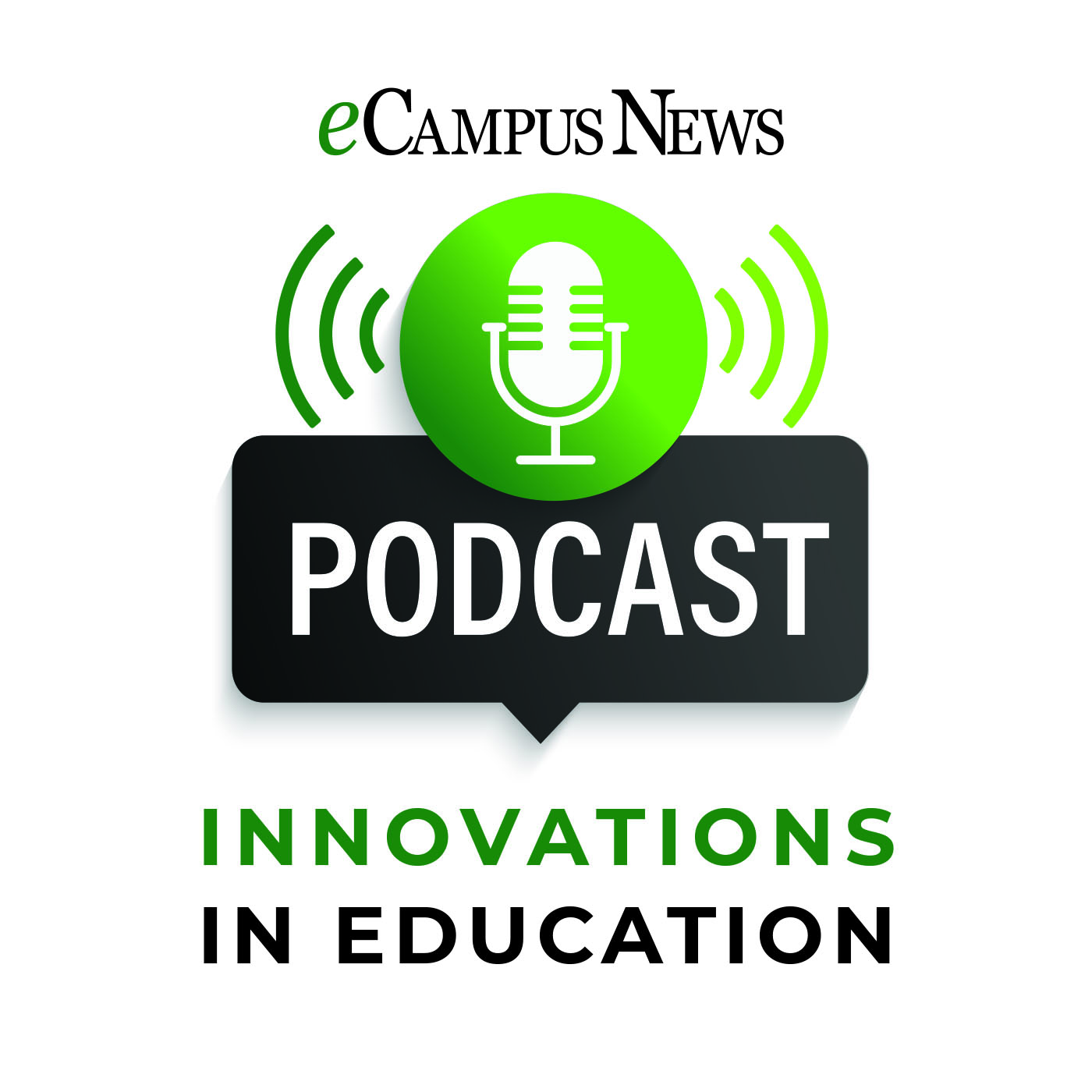It’s that time of year again for the inevitable prediction pieces. It takes a brave person to try and divine what’s ahead these days. I was able to convince Kris Astle, Global Education Strategist at SMART Technologies to have a go. As you will hear, she puts together some pretty strong, and positive, outlooks for campuses in the coming months and years.
Kris covers the gamut—the impact of artificial intelligence (AI), the persistence of remote learning models, and the importance of technology in reshaping user behavior. She emphasizes the need for higher education to adapt and meet the changing demands of students—leveraging technologies like AI, collaborative tools, and Smart solutions to enhance the learning experience. She also touches on the concept of “high flex” education and the emergence of micro-credentialing, highlighting the importance of personalized, accessible, and efficient learning pathways. Have a listen.

Three Takeaways:
- Rise of Artificial Intelligence (AI): AI is becoming a significant player in education, not only in instructional aspects but also in administrative tasks. The discussion highlights AI’s role in managing legislation, interpreting data, and serving as an assistant to enhance efficiency in educational institutions.
- High Flex Education Model: The pandemic-driven shift towards remote learning has given rise to the “high flex” model, allowing students to choose when, where, and how they engage with learning. This model is expected to persist, offering greater accessibility to education, especially for working students and those with different learning preferences.
- Technology Enabling Collaboration: Collaborative tools, such as Smart Ink, are changing the way students and educators interact with content. The emphasis is on creating engaging and interactive learning experiences, where students can collaborate seamlessly, providing immediate feedback and contributing to a more dynamic learning environment.


